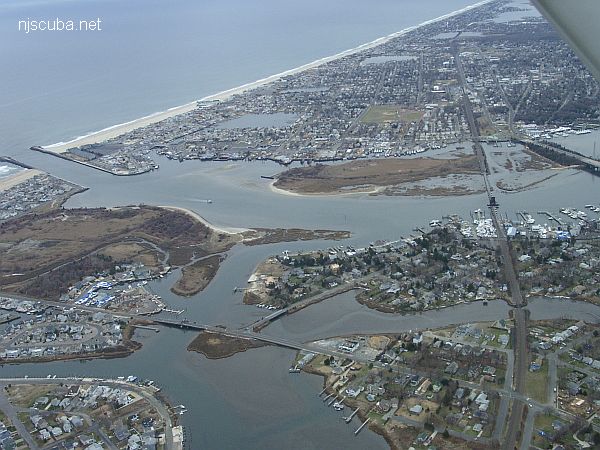Marion
- Type:
- shipwreck, iron-hulled schooner barge ( formerly a Scottish/Italian bark )
- Built:
- 1868, Dundee, Scotland
- Specs:
- 693 tons
- Sunk:
- Saturday October 29, 1938
- Depth:
- 60 ft
from AWOIS:
CL664/38 -- CGS; 10/29/38; BARGE, IN TOW OF A TUG, BOUND FROM PHILADELPHIA TO NEW YORK LOADED WITH 1200 TONS OF COAL, SANK IN 10 FMS OF WATER, 3 1/2 MILES, 104 DEGREES TRUE FROM SEA GIRT LIGHTHOUSE WITH THE MAST SHOWING 4 FT ABOVE THE WATER.
CL632/50--CGS; 9/1/50; WIRE DRAG FOR 1 MILE AT EFFECTIVE DEPTH OF 50.5 - 57.5 FT; WK NOT FOUND BUT WIRE PICKED UP A PIECE OF WOODEN DECKING AND CORNER TIMBERS; AREA LATER CLEARED TO 57 FT; WK DELETED FROM CHART. (ENTERED MSM 11/85)


Questions or Inquiries?
Just want to say Hello? Sign the .